Your cart is currently empty!
Tag: Facility
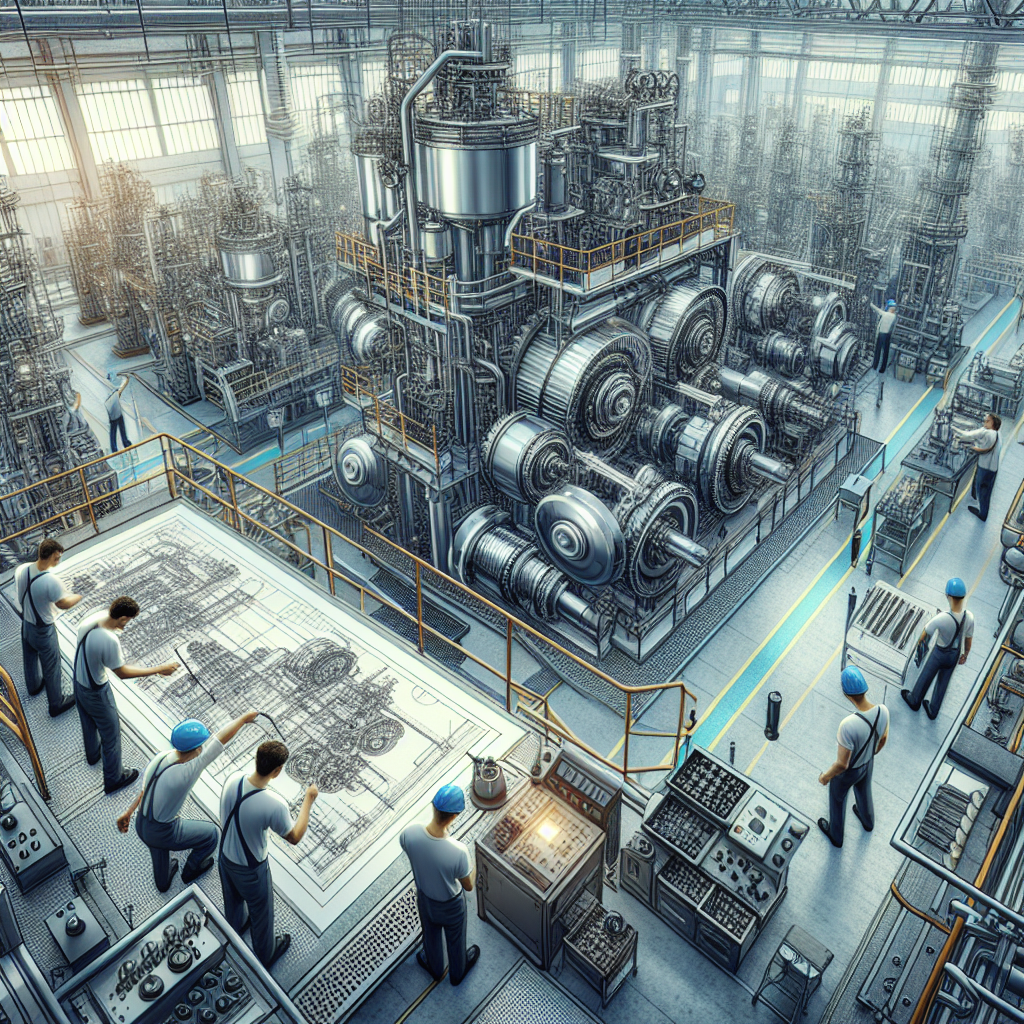
Creating a Culture of Proactive Maintenance in Your Facility
Maintenance is a critical aspect of facility management that can greatly impact the efficiency, safety, and overall performance of a building. While reactive maintenance is often necessary to address immediate issues, proactive maintenance is essential for preventing costly repairs, minimizing downtime, and extending the lifespan of equipment and systems. Creating a culture of proactive maintenance in your facility can help you stay ahead of potential problems and keep your operations running smoothly.One of the key elements of creating a culture of proactive maintenance is establishing a comprehensive maintenance plan. This plan should outline the regular inspection, testing, and servicing of all equipment and systems in your facility. By scheduling routine maintenance tasks, you can identify potential issues before they escalate into major problems and address them in a timely manner.
Training and empowering your maintenance staff is also crucial in promoting proactive maintenance. Invest in ongoing training programs to ensure that your team is knowledgeable about the latest technologies, best practices, and safety protocols. Encourage your staff to take ownership of their work and empower them to make decisions that will benefit the facility in the long run.
Utilizing technology can also help streamline the maintenance process and improve efficiency. Implementing a computerized maintenance management system (CMMS) can help track maintenance tasks, schedule work orders, and generate reports on equipment performance. By leveraging technology, you can better prioritize maintenance tasks, allocate resources effectively, and improve communication within your maintenance team.
Regular communication and collaboration between departments is essential for promoting a culture of proactive maintenance. Encourage open dialogue between the maintenance team, operations staff, and management to share insights, address concerns, and coordinate efforts to optimize facility performance. By fostering a collaborative environment, you can leverage the expertise of all stakeholders to identify potential maintenance issues and develop effective solutions.
Incentivizing proactive maintenance can also help motivate your staff to prioritize maintenance tasks and take a proactive approach to facility management. Recognize and reward employees who go above and beyond in maintaining equipment, identifying potential issues, and implementing preventive measures. By incentivizing proactive behavior, you can create a culture that values maintenance as a critical component of facility operations.
Ultimately, creating a culture of proactive maintenance requires a commitment to ongoing training, communication, collaboration, and incentivization. By investing in your maintenance team, utilizing technology, and fostering a collaborative environment, you can prevent costly repairs, minimize downtime, and ensure that your facility operates at peak performance. By prioritizing proactive maintenance, you can create a culture that values efficiency, safety, and sustainability in your facility.
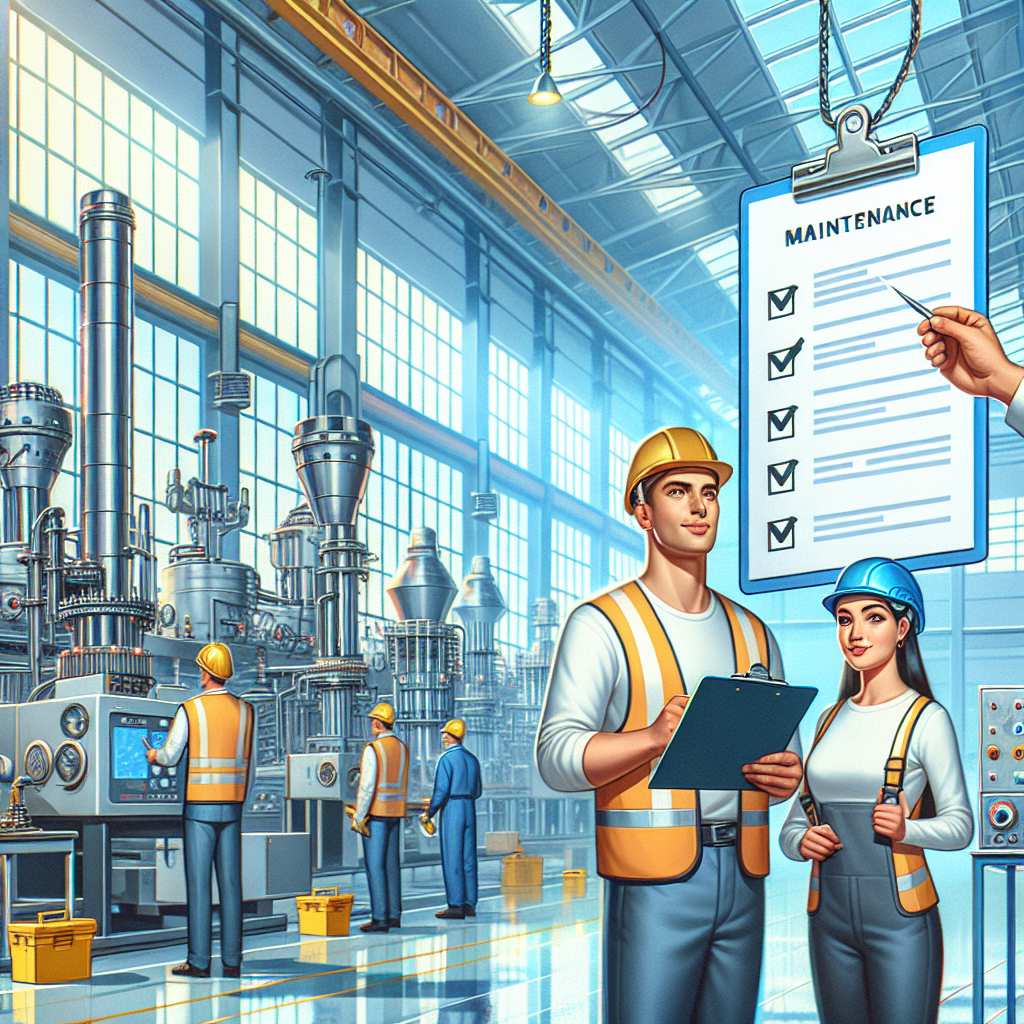
Proactive Maintenance Tips for Keeping Your Facility in Top Shape
Proactive Maintenance Tips for Keeping Your Facility in Top ShapeMaintaining a facility is crucial for ensuring that everything runs smoothly and efficiently. By being proactive with maintenance, you can prevent costly repairs and downtime while also prolonging the lifespan of your equipment and infrastructure. Here are some tips for keeping your facility in top shape:
1. Create a Maintenance Schedule: One of the best ways to stay on top of maintenance tasks is to create a schedule outlining when specific tasks need to be completed. This can include daily, weekly, monthly, and annual tasks such as equipment inspections, cleaning, and preventative maintenance.
2. Conduct Regular Inspections: Regular inspections can help you identify potential issues before they become major problems. Inspect equipment, systems, and infrastructure regularly to catch any issues early on and address them promptly.
3. Train Staff on Maintenance Procedures: Make sure your staff is trained on how to properly maintain equipment and systems within your facility. This can help prevent accidents and costly mistakes while ensuring that maintenance tasks are completed correctly.
4. Keep Detailed Maintenance Records: Keeping detailed records of maintenance tasks and repairs can help you track the history of your equipment and identify trends or recurring issues. This can also help you stay on top of maintenance schedules and ensure that tasks are completed in a timely manner.
5. Invest in Preventative Maintenance: Investing in preventative maintenance can help you avoid costly repairs and downtime by addressing issues before they escalate. Regularly servicing equipment and systems can help prolong their lifespan and ensure they are operating at peak efficiency.
6. Address Issues Promptly: If you notice any issues or problems within your facility, address them promptly to prevent them from worsening. Ignoring issues can lead to more extensive damage and costly repairs down the line.
7. Stay Informed: Stay informed about industry best practices and new technologies that can help improve maintenance efficiency and effectiveness. By staying up-to-date on the latest trends and advancements, you can ensure that your facility is operating at its best.
By following these proactive maintenance tips, you can keep your facility in top shape and prevent costly repairs and downtime. Investing time and resources into maintenance now can help you save money and avoid headaches in the long run. Remember, maintenance is an ongoing process, so staying proactive is key to ensuring the success of your facility.
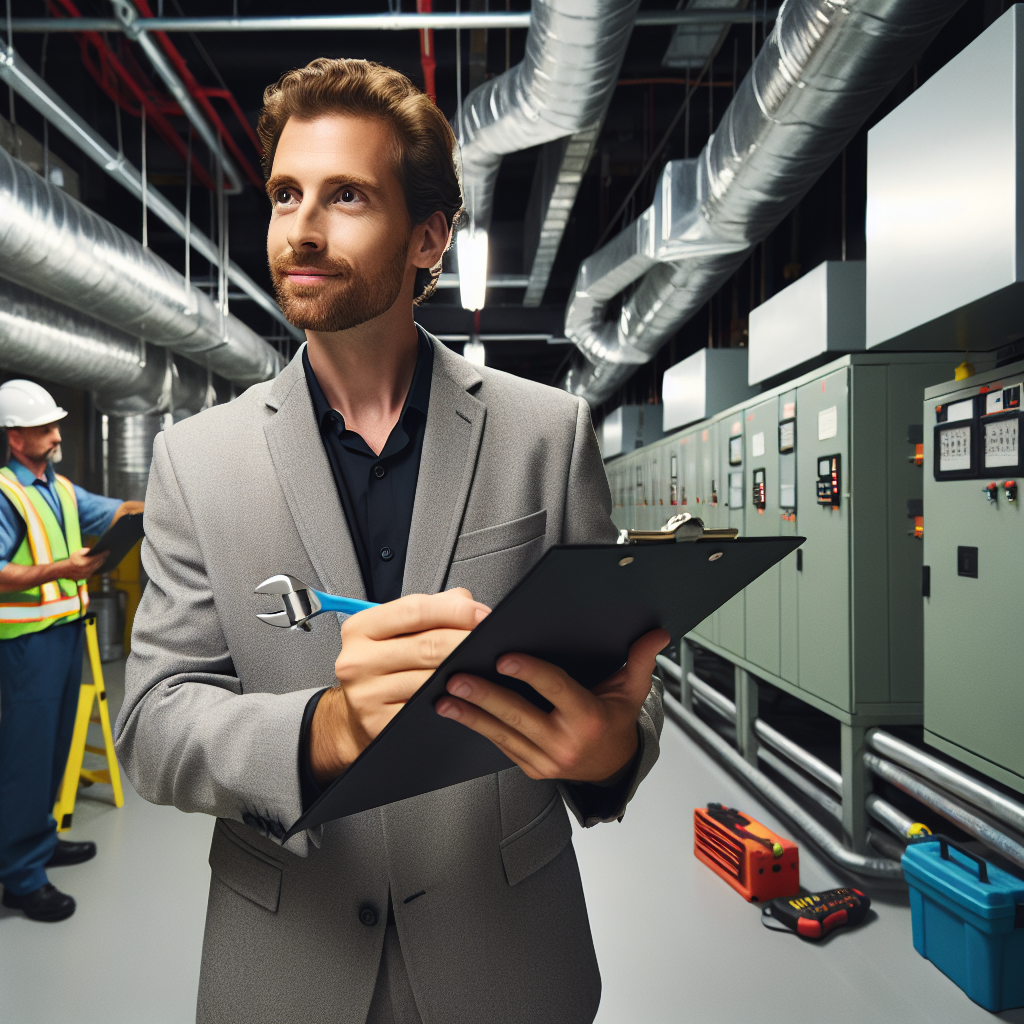
Proactive Maintenance Best Practices: A Guide for Facility Managers
As a facility manager, ensuring that your building’s equipment and systems are well-maintained is crucial for the smooth operation of your facility. Proactive maintenance is key to preventing costly breakdowns and ensuring that everything is running efficiently. In this guide, we will discuss the best practices for proactive maintenance that facility managers should follow.1. Develop a Maintenance Plan: The first step in proactive maintenance is to develop a comprehensive maintenance plan for your facility. This plan should outline all the equipment and systems that need regular maintenance, as well as the frequency of maintenance tasks. By having a detailed plan in place, you can ensure that all necessary maintenance tasks are being carried out on time.
2. Conduct Regular Inspections: Regular inspections are essential for identifying any potential issues before they escalate into more significant problems. Facility managers should schedule regular inspections of all equipment and systems to check for signs of wear and tear, leaks, or other issues. By catching problems early, you can prevent costly repairs and downtime.
3. Implement Preventive Maintenance: In addition to regular inspections, facility managers should also implement preventive maintenance tasks to keep equipment and systems running smoothly. This includes tasks such as lubricating moving parts, replacing filters, and checking fluid levels. By staying on top of preventive maintenance tasks, you can extend the life of your equipment and reduce the risk of unexpected breakdowns.
4. Train Staff: Properly trained staff are essential for proactive maintenance. Facility managers should ensure that their maintenance staff is well-trained in the proper maintenance procedures for all equipment and systems in the facility. By investing in training, you can ensure that maintenance tasks are performed correctly and efficiently.
5. Use Technology: Technology can be a valuable tool for proactive maintenance. Facility managers can use software programs to track maintenance schedules, generate work orders, and keep detailed maintenance records. Additionally, sensors and monitoring systems can be used to track equipment performance in real-time and alert facility managers to any issues that may arise.
6. Prioritize Safety: Safety should always be a top priority when performing maintenance tasks. Facility managers should ensure that all maintenance staff are following proper safety protocols and using the necessary personal protective equipment. By prioritizing safety, you can prevent accidents and injuries during maintenance activities.
In conclusion, proactive maintenance is essential for facility managers to keep their buildings running smoothly and efficiently. By developing a comprehensive maintenance plan, conducting regular inspections, implementing preventive maintenance tasks, training staff, using technology, and prioritizing safety, facility managers can ensure that their facility is well-maintained and operating at its best. By following these best practices, facility managers can prevent costly breakdowns, extend the life of their equipment, and ensure the safety of their staff and occupants.
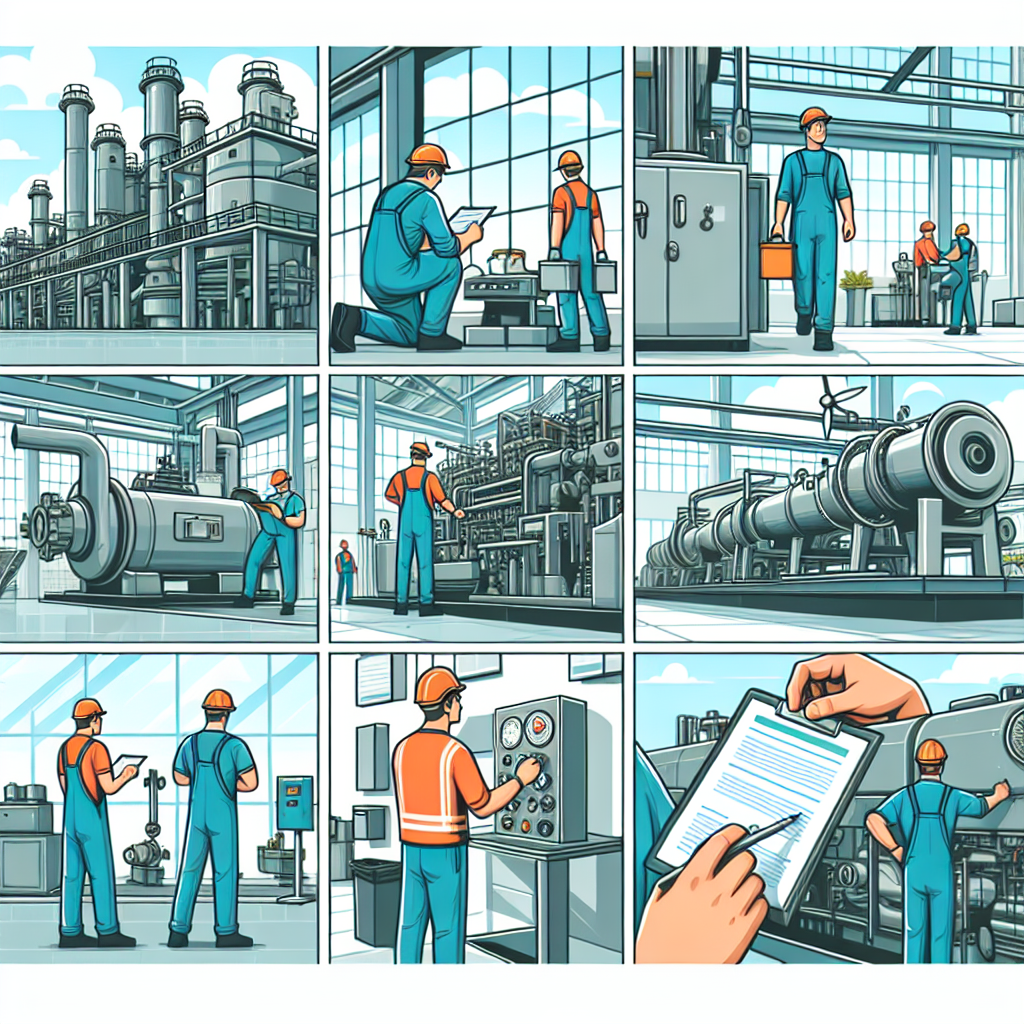
Proactive Maintenance: The Secret to Maintaining Peak Performance in Your Facility
In today’s fast-paced world, facility managers are constantly under pressure to ensure that their buildings are operating at peak performance. This can be a daunting task, especially when faced with aging infrastructure, limited resources, and increasing demands from tenants and stakeholders. However, there is a solution to this challenge – proactive maintenance.Proactive maintenance is a preventative approach to facility management that focuses on identifying and addressing potential issues before they become major problems. By implementing a proactive maintenance program, facility managers can significantly reduce downtime, extend the lifespan of equipment, and ultimately save time and money in the long run.
One of the key benefits of proactive maintenance is that it allows facility managers to schedule maintenance tasks at convenient times, rather than waiting for a breakdown to occur. This not only minimizes disruptions to building operations but also helps to avoid costly emergency repairs. By staying ahead of maintenance issues, facility managers can ensure that their buildings are always running smoothly and efficiently.
Another advantage of proactive maintenance is that it can help to improve the overall safety and security of a facility. By regularly inspecting equipment and systems, facility managers can identify potential hazards and address them before they pose a risk to occupants. This proactive approach can prevent accidents and injuries, as well as protect the reputation of the facility.
In addition to improving operational efficiency and safety, proactive maintenance can also have a positive impact on the environment. By keeping equipment well-maintained and running efficiently, facility managers can reduce energy consumption and minimize waste. This not only helps to lower operating costs but also demonstrates a commitment to sustainability and corporate responsibility.
To implement a successful proactive maintenance program, facility managers should start by conducting a thorough assessment of their building’s systems and equipment. By identifying potential areas of concern and developing a comprehensive maintenance plan, facility managers can prioritize tasks and allocate resources effectively. Regular inspections and routine maintenance checks should be scheduled to ensure that equipment is functioning properly and to address any issues before they escalate.
By embracing proactive maintenance, facility managers can take control of their building’s performance and ensure that it operates at peak efficiency. With a proactive approach to maintenance, facilities can minimize downtime, reduce costs, and create a safe and sustainable environment for occupants. Investing in proactive maintenance is not only a smart business decision but also a key strategy for long-term success in facility management.
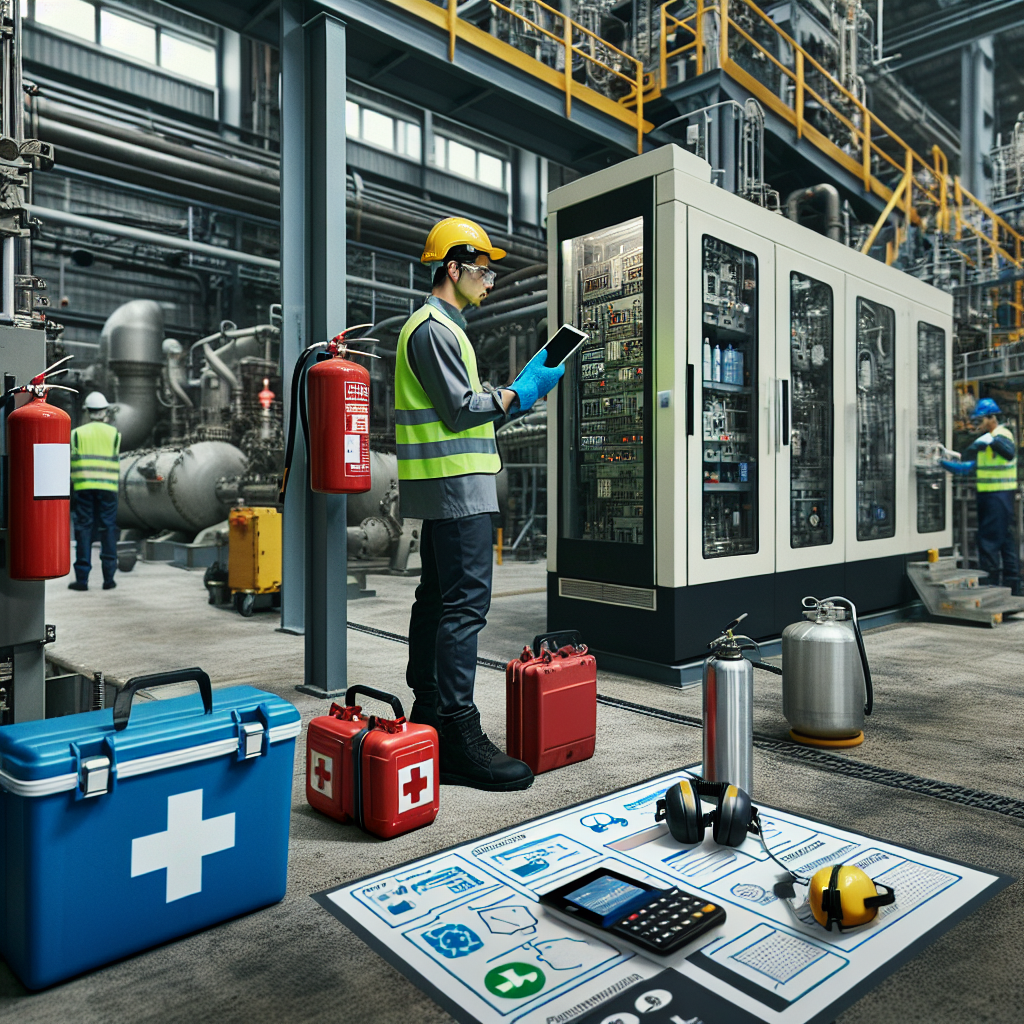
How Proactive Maintenance Can Improve Safety and Compliance in Your Facility
Proactive maintenance is essential for ensuring the safety and compliance of a facility. By taking a proactive approach to maintenance, facilities can reduce the risk of accidents and ensure that all equipment and systems are operating efficiently and in compliance with regulations.One of the key benefits of proactive maintenance is that it allows facilities to identify and address potential issues before they become major problems. By regularly inspecting equipment and systems, facilities can catch issues early on and make repairs or replacements as needed. This can help prevent breakdowns and malfunctions that could pose a safety risk to employees or visitors.
Proactive maintenance also helps facilities stay in compliance with regulations and standards. By staying on top of maintenance tasks and keeping accurate records, facilities can demonstrate to regulatory agencies that they are taking the necessary steps to ensure safety and compliance. This can help prevent fines and penalties for non-compliance and help maintain a positive reputation in the industry.
In addition to improving safety and compliance, proactive maintenance can also lead to cost savings for facilities. By addressing issues early on, facilities can avoid costly repairs or replacements down the line. Regular maintenance can also help equipment and systems operate more efficiently, leading to lower energy costs and longer lifespans for equipment.
To implement a proactive maintenance program in your facility, consider the following steps:
1. Develop a maintenance schedule: Create a schedule for inspecting and maintaining all equipment and systems in your facility. Be sure to include regular inspections, cleaning, and lubrication tasks to keep equipment in good working order.
2. Train staff: Ensure that all staff members are trained on how to properly maintain equipment and perform routine maintenance tasks. This will help prevent accidents and ensure that maintenance is done correctly.
3. Keep accurate records: Keep detailed records of all maintenance tasks performed, including dates, tasks completed, and any issues or repairs made. This will help track the maintenance history of equipment and demonstrate compliance with regulations.
4. Stay informed: Stay up to date on industry regulations and standards to ensure that your facility is compliant. Regularly review maintenance procedures and make adjustments as needed to meet current requirements.
Overall, proactive maintenance is a crucial aspect of ensuring the safety and compliance of a facility. By taking a proactive approach to maintenance, facilities can reduce the risk of accidents, stay in compliance with regulations, and save money in the long run. Implementing a proactive maintenance program can help facilities operate more efficiently and effectively, leading to a safer and more compliant work environment.
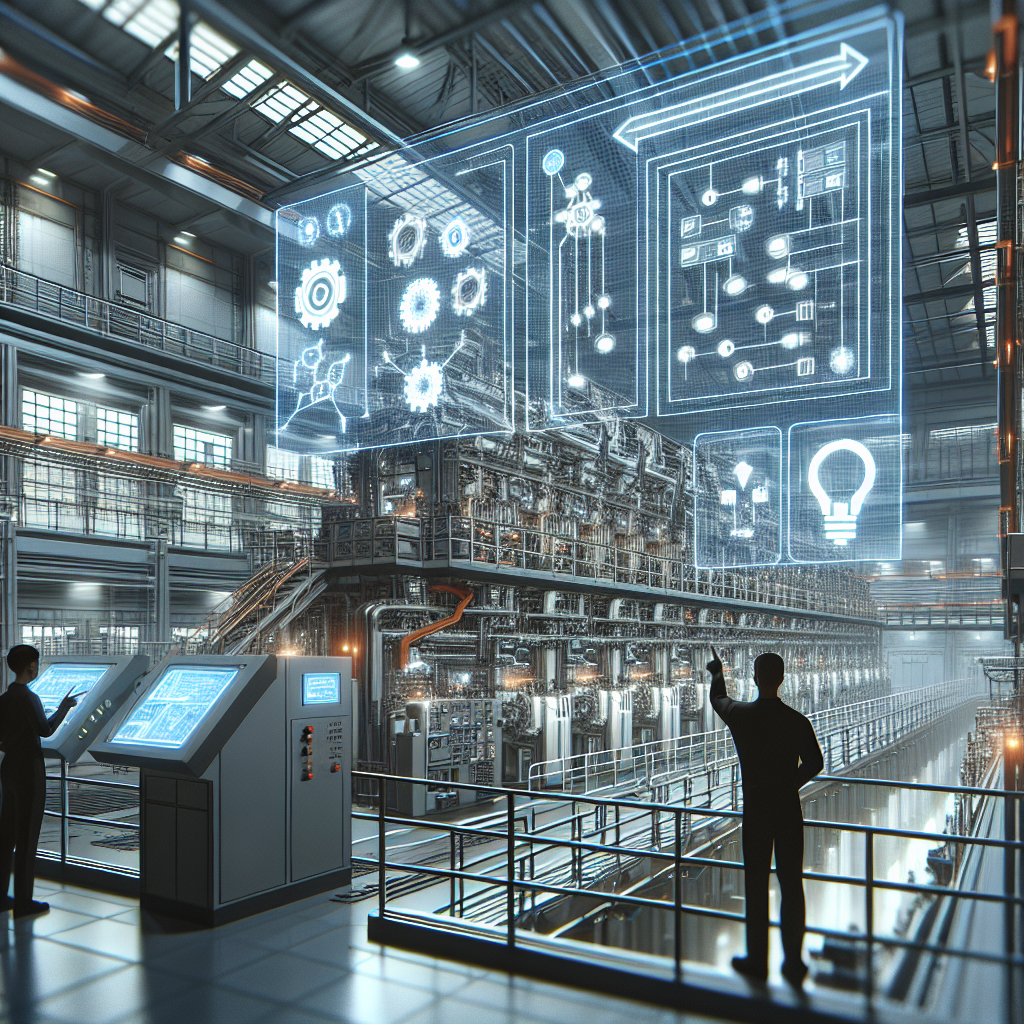
How to Implement a Successful Proactive Maintenance Program in Your Facility
Implementing a successful proactive maintenance program in your facility is essential for ensuring the smooth operation of equipment and preventing costly breakdowns. By taking a proactive approach to maintenance, you can extend the lifespan of your equipment, reduce downtime, and improve overall efficiency. Here are some tips to help you implement a successful proactive maintenance program in your facility:1. Develop a Maintenance Plan: The first step in implementing a proactive maintenance program is to develop a comprehensive maintenance plan. This plan should outline the maintenance tasks that need to be performed on a regular basis, as well as the schedule for carrying out these tasks. It should also include a list of all equipment in the facility, along with information about when each piece of equipment was last serviced and when it is due for its next maintenance check.
2. Conduct Regular Inspections: Regular inspections are essential for identifying potential issues before they escalate into major problems. Make sure to conduct thorough inspections of all equipment in your facility on a regular basis, and keep detailed records of any maintenance or repairs that are performed.
3. Use Predictive Maintenance Techniques: Predictive maintenance techniques, such as vibration analysis and thermal imaging, can help you identify potential issues with equipment before they cause a breakdown. By using these techniques to monitor the condition of your equipment, you can schedule maintenance tasks more effectively and prevent unexpected failures.
4. Train Your Staff: Properly trained staff are essential for the success of a proactive maintenance program. Make sure to provide training for your maintenance team on how to identify potential issues, perform maintenance tasks, and use predictive maintenance techniques. Encourage your staff to report any issues they notice during their regular inspections, and make sure to address these issues promptly.
5. Utilize Maintenance Management Software: Maintenance management software can help you track maintenance tasks, schedule inspections, and monitor the condition of your equipment more effectively. By using software to manage your maintenance program, you can streamline your processes, improve efficiency, and reduce the risk of equipment failures.
6. Analyze Data and Adjust Your Plan: Regularly analyze data from your maintenance program to identify trends and areas for improvement. Use this data to adjust your maintenance plan as needed, and make sure to continuously monitor the performance of your equipment to ensure that your proactive maintenance program is effective.
By following these tips, you can implement a successful proactive maintenance program in your facility and ensure the smooth operation of your equipment. Remember that proactive maintenance is a long-term investment in the health and efficiency of your facility, so it is important to stay committed to your maintenance plan and continuously improve your processes.
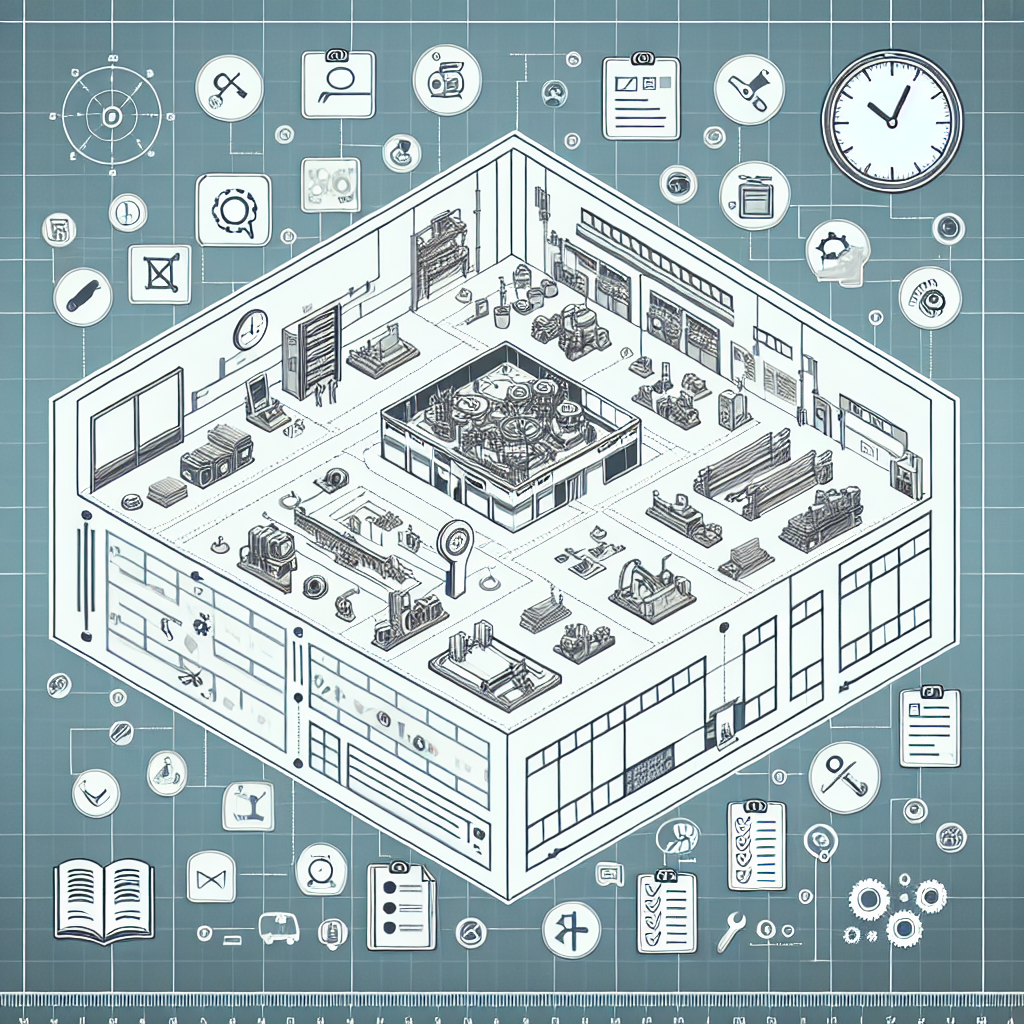
Tips for Creating a Proactive Maintenance Schedule for Your Facility
Proper maintenance is essential for ensuring the smooth operation of any facility. By creating a proactive maintenance schedule, facility managers can prevent costly repairs, reduce downtime, and prolong the lifespan of equipment and systems. Here are some tips for creating an effective proactive maintenance schedule for your facility:1. Conduct a thorough assessment: The first step in creating a proactive maintenance schedule is to conduct a thorough assessment of your facility. Identify all the equipment, systems, and assets that require regular maintenance. This can include HVAC systems, electrical systems, plumbing, machinery, and more.
2. Prioritize maintenance tasks: Once you have identified all the maintenance tasks that need to be performed, prioritize them based on their importance and frequency. Some tasks may need to be performed daily, while others can be done on a monthly or annual basis. Make sure to prioritize tasks that are critical to the operation of your facility.
3. Set maintenance intervals: Once you have prioritized your maintenance tasks, set specific intervals for when each task should be performed. This can be based on manufacturer recommendations, industry best practices, or your own experience with the equipment. Creating a schedule with specific intervals will help ensure that maintenance tasks are not overlooked or forgotten.
4. Use technology: Consider using maintenance management software to help streamline the scheduling process. These tools can help you track maintenance tasks, set reminders, and generate reports on the status of your facility’s maintenance program. By using technology, you can improve efficiency and accuracy in your maintenance scheduling.
5. Train your staff: Make sure that your maintenance staff is properly trained on how to perform maintenance tasks and follow the schedule. Provide training on safety procedures, equipment operation, and best practices for maintenance. By empowering your staff with the knowledge and skills they need, you can ensure that maintenance tasks are performed correctly and efficiently.
6. Monitor and adjust: Regularly monitor the performance of your maintenance schedule and adjust it as needed. Keep track of any unexpected breakdowns or issues that arise, and use this information to make improvements to your schedule. By continuously monitoring and adjusting your maintenance schedule, you can ensure that your facility remains in optimal condition.
Creating a proactive maintenance schedule for your facility is crucial for preventing costly repairs and ensuring the smooth operation of your equipment and systems. By following these tips, you can develop a comprehensive maintenance program that will help extend the lifespan of your assets and keep your facility running efficiently.
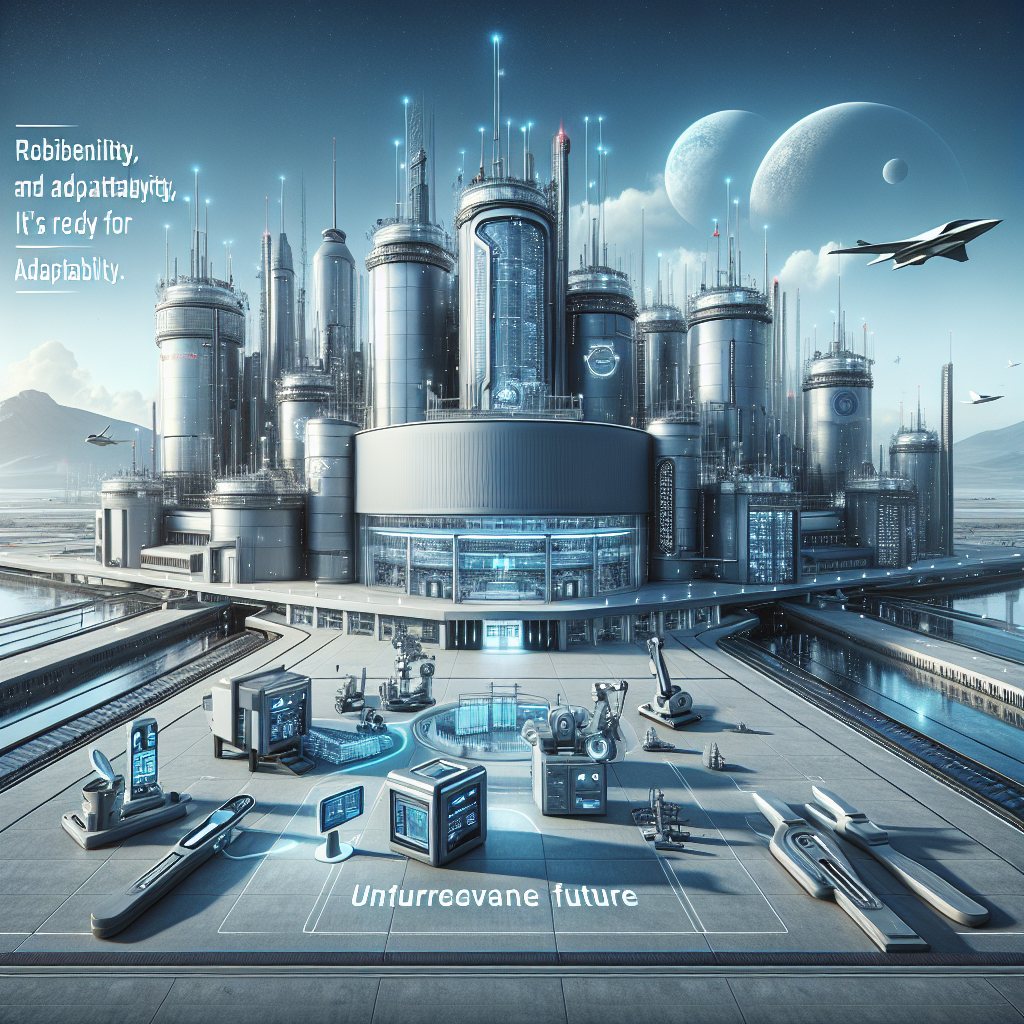
Future-Proofing Your Facility with Proactive Maintenance Strategies
In today’s fast-paced and ever-changing business environment, it is crucial for facilities to stay ahead of the curve and future-proof their operations. One way to achieve this is by implementing proactive maintenance strategies that can help prevent breakdowns, reduce downtime, and extend the lifespan of equipment.Proactive maintenance involves taking a proactive approach to equipment maintenance, rather than waiting for something to break down before taking action. By regularly inspecting, testing, and servicing equipment, facilities can identify and address potential issues before they escalate into costly problems.
One key aspect of proactive maintenance is predictive maintenance, which uses data and analytics to predict when equipment is likely to fail. By monitoring key indicators such as temperature, vibration, and performance metrics, facilities can schedule maintenance tasks at optimal times, preventing unexpected breakdowns and minimizing downtime.
Another important component of proactive maintenance is preventive maintenance, which involves regular inspections, cleaning, and lubrication of equipment to ensure it is functioning at peak efficiency. By following a comprehensive preventive maintenance schedule, facilities can extend the lifespan of equipment and avoid costly repairs.
In addition to predictive and preventive maintenance, facilities can also benefit from condition-based maintenance, which involves monitoring equipment in real-time to detect abnormalities and take corrective action as needed. By investing in advanced monitoring technologies such as sensors and IoT devices, facilities can stay ahead of potential issues and mitigate risks before they impact operations.
By implementing proactive maintenance strategies, facilities can future-proof their operations and ensure they are prepared for whatever challenges lie ahead. Not only can proactive maintenance help reduce downtime and extend the lifespan of equipment, but it can also improve overall efficiency and productivity, leading to cost savings and increased competitiveness in the marketplace.
In conclusion, proactive maintenance is essential for future-proofing facilities and ensuring they remain agile and resilient in the face of constant change. By investing in predictive, preventive, and condition-based maintenance strategies, facilities can stay ahead of the curve and position themselves for long-term success. Remember, the key to success is not just reacting to problems when they occur, but proactively preventing them from happening in the first place.
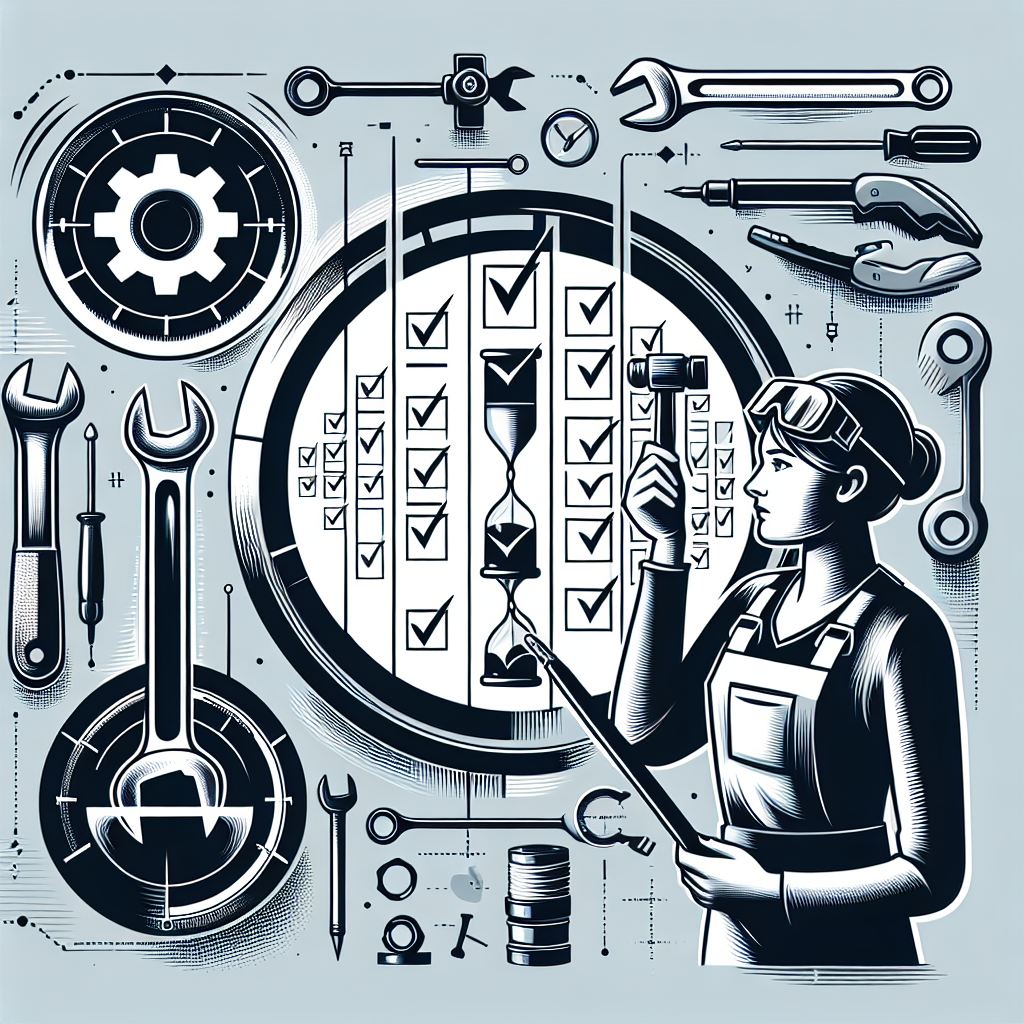
The Top Proactive Maintenance Tips for Facility Managers
As a facility manager, it is crucial to stay ahead of potential issues and ensure that your facility is running smoothly at all times. Proactive maintenance is key to preventing unexpected breakdowns and costly repairs. By implementing these top proactive maintenance tips, you can save time, money, and avoid disruptions to your operations.1. Create a maintenance schedule: One of the most important proactive maintenance tips is to create a regular maintenance schedule for all equipment and systems in your facility. This schedule should outline when each piece of equipment needs to be inspected, serviced, and/or replaced. By staying on top of maintenance tasks, you can identify and address potential issues before they escalate into larger problems.
2. Conduct regular inspections: Regular inspections are essential for identifying any issues with equipment or systems before they cause a breakdown. Inspect all equipment, machinery, and systems on a regular basis to check for signs of wear and tear, leaks, or other potential problems. By catching issues early, you can prevent costly repairs and downtime.
3. Train your staff: Your facility’s staff plays a crucial role in maintaining the equipment and systems in your facility. Make sure that your staff is properly trained on how to operate and maintain all equipment. Provide training on how to identify potential issues and how to report them to the maintenance team. By empowering your staff to take an active role in maintenance, you can prevent issues from going unnoticed.
4. Keep detailed records: Keeping detailed records of all maintenance activities is essential for tracking the condition of your equipment and systems. Maintain records of when maintenance tasks were performed, what was done, and any issues that were identified. This information can help you identify patterns and trends in equipment performance and maintenance needs.
5. Implement a preventive maintenance program: A preventive maintenance program involves regularly scheduled maintenance tasks to keep equipment and systems in good working order. This can include tasks such as lubricating moving parts, cleaning filters, and inspecting electrical connections. By implementing a preventive maintenance program, you can extend the life of your equipment and reduce the risk of unexpected breakdowns.
6. Stay up-to-date on industry best practices: As a facility manager, it is important to stay informed about the latest industry best practices for maintenance. Attend conferences, workshops, and training sessions to learn about new technologies and techniques for maintaining equipment and systems. By staying up-to-date on industry trends, you can ensure that your facility is operating at peak efficiency.
By following these top proactive maintenance tips, you can ensure that your facility runs smoothly and efficiently. Implementing a proactive maintenance strategy can help you prevent unexpected breakdowns, reduce downtime, and save money on costly repairs. By staying ahead of potential issues, you can keep your facility in top condition and ensure the safety and comfort of your occupants.

